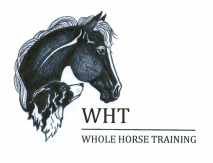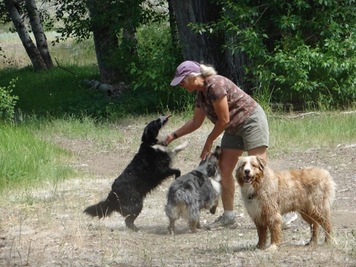Bodywork: First Choice, Not Last Resort
Behavioral problems should be understood as based in physical discomfort until proven otherwise.
|
HERE'S WHY:
All animals have been subjected to some kind of trauma in their life. When trauma occurs from an accident, abuse, or misguided management, the animal’s body compensates and deals with it in whatever way necessary to survive. These layers of compensation remain in place even though the animal “seems fine.” They may fade or become masked over by further compensatory patterns but they do not go away without assistance. Regular and appropriate bodywork sessions can help an animal regain health, a sense of well-being, and overall balance. The capacity the body has for coping with functional disruptions is known as The Law Of Homeostasis: “the process by which every living thing makes continual adjustments to keep itself in a stable condition and function to the best of its ability.” Simply put, animals compensate and get on with their lives, but the memory of the trauma is embedded in the body. This embedded trauma is sometimes referred to as an “archaic wound,” and this is an underlying premise of post-traumatic stress disorder (PTSD). Left unreleased, stress patterns cause an animal to live in a state of tension and fear, which, over time, manifest in the physical body. |
These conditions may go unnoticed because animals compensate so well, but over time, compensatory patterns create others and imbalances build. By the time lameness or a change in the animal’s ability to perform is noticeable, the condition has likely been around for a long time and the chain of events that led to the now identifiable problem may be indecipherable. Oftentimes, treatment is directed at the symptomatic manifestation rather than the source of the problem. I believe that most “behavioral problems” and many physical issues identified in animals have their source in emotional and/or physical traumatic incidents. See my article, Why Do Bodywork On Animals? |

